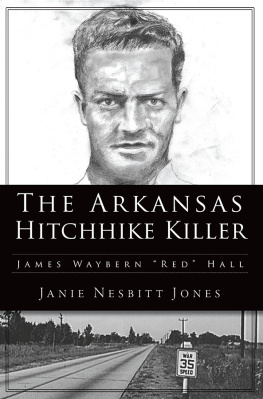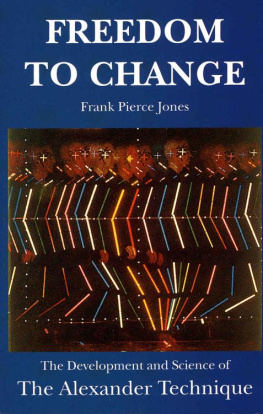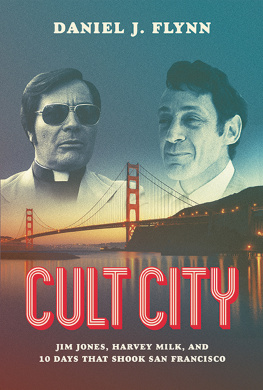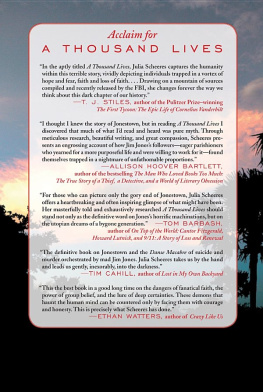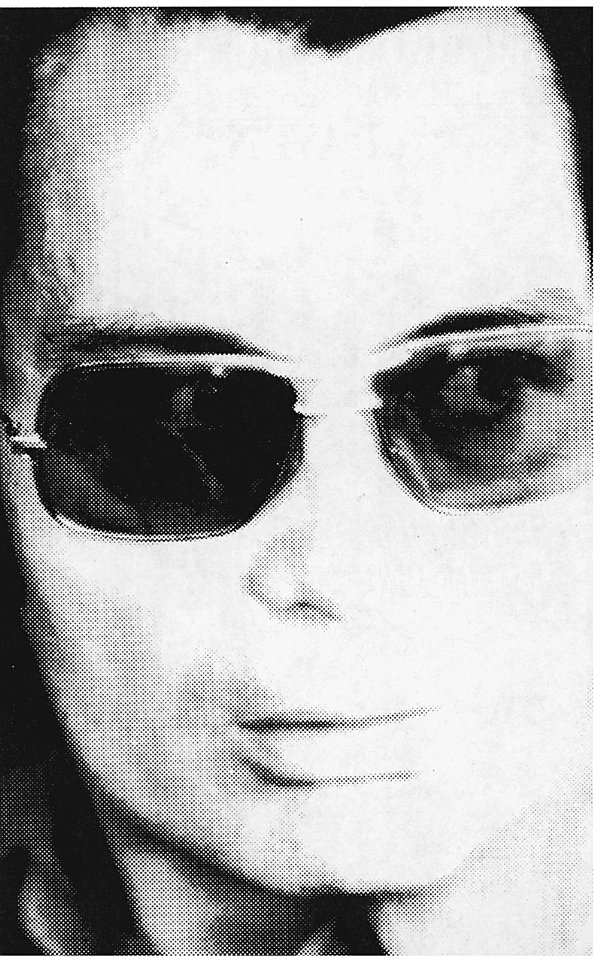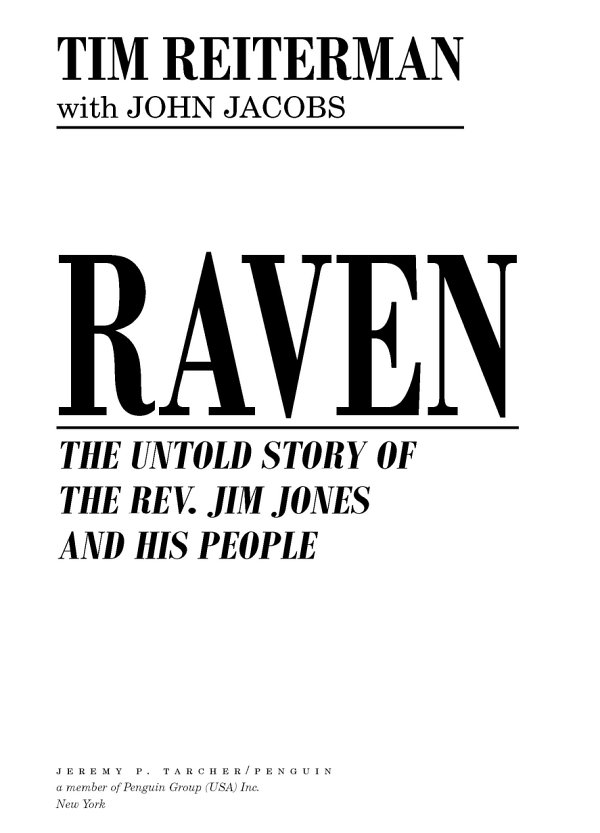Table of Contents
JEREMY P. TARCHER/PENGUIN
Published by the Penguin Group
Penguin Group (USA) Inc., 375 Hudson Street, New York, New York 10014, USA Penguin Group
(Canada), 90 Eglinton Avenue East, Suite 700, Toronto, Ontario M4P 2Y3, Canada (a division of
Pearson Canada Inc.) Penguin Books Ltd, 80 Strand, London WC2R ORL, England
Penguin Ireland, 25 St Stephens Green, Dublin 2, Ireland (a division of Penguin Books Ltd)
Penguin Group (Australia), 250 Camberwell Road, Camberwell, Victoria 3124, Australia
(a division of Pearson Australia Group Pty Ltd) Penguin Books India Pvt Ltd, 11 Community
Centre, Panchsheel Park, New Delhi-110 017, India Penguin Group (NZ), 67 Apollo Drive,
Rosedale, North Shore 0632, New Zealand (a division of Pearson New Zealand Ltd) Penguin Books
(South Africa) (Pty) Ltd, 24 Sturdee Avenue, Rosebank, Johannesburg 2196, South Africa
Penguin Books Ltd, Registered Offices: 80 Strand, London WC2R ORL, England
Originally published in 1982 by E. P. Dutton, Inc.
Introduction copyright 2008 by Tim Reiterman
Copyright 1982 by Tim Reiterman
All rights reserved. No part of this book may be reproduced, scanned, or distributed in any printed
or electronic form without permission. Please do not participate in or encourage piracy of copyrighted
materials in violation of the authors rights. Purchase only authorized editions.
Published simultaneously in Canada
Most Tarcher/Penguin books are available at special quantity discounts for bulk purchase for sales
promotions, premiums, fund-raising, and educational needs. Special books or book excerpts also can
be created to fit specific needs. For details, write Penguin Group (USA) Inc. Special Markets,
375 Hudson Street, New York, NY 10014.
Library of Congress Cataloging-in-Publication Data
Reiterman, Tim.
Raven : the untold story of the Rev. Jim Jones and his people /
Tim Reiterman with John Jacobs.
p. cm.
Originally published : New York : Dutton, 1982. With new pref. by the author.
eISBN : 978-1-585-42678-2
1. Peoples Temple. 2. Jones, Jim, 1931-1978. I. Jacobs, John, 1950-2000. II. Title.
BP605.P46R
289.9dc22
While the author has made every effort to provide accurate telephone numbers and Internet addresses at the time of publication, neither the publisher nor the author assumes any responsibility for errors, or for changes that occur after publication. Further, the publisher does not have any control over and does not assume any responsibility for author or third-party websites or their content.
http://us.penguingroup.com
The cover and title page photo of Jim Jones was taken
by San Francisco Examiner photographer
Greg Robinson
a few hours before he was shot and killed,
by Peoples Temple gunmen.
This book is dedicated to Greg,
our colleague and friend, and to the memory of
NBC newsmen Don Harris and Bob Brown,
Representative Leo Ryan,
and the hundreds of other victims in Guyana.
Prophet! said I, thing of evil!Prophet still, if bird or devil!
EDGAR ALLAN POE
I come with the black hair of a raven. I come as God Socialist!
JIM JONES
PREFACE TO THE TARCHER/PENGUIN EDITION
Three decades have passed since more than nine hundred Americans suffered horrible deaths in the jungle of the impoverished South American country of Guyana. The events in Jonestown on November 18, 1978, orchestrated by a charismatic preacher named Jim Jones and triggered by the slaying of a United States congressman on a nearby airstrip, have long ago moved from worldwide headlines to the pages of history. Yet fascination with the final days of Jonestown and the life of Jones has persisted over the years.
One of the most shocking and baffling events of the last century, the demise of Peoples Temple has been chronicled in books, movies, documentaries, plays, scholarly studies, and countless television retrospectives. The images of an American tragedy on foreign soilpoisoned punch squirted down the throats of infants, families locked in final embrace, mounds of bodies bloated in the tropical heathave endured in print, photos, video footage, and memory.
Jonestown has come to symbolize unfathomable depravity, the outermost limits of what human beings can visit on each other and themselves, the ultimate power of a leader over his followers. Although complex and elusive, the reasons for the collapse of the Temples utopian dream into a hellish nightmare have been reduced again and again to a simplistic interpretation: A Svengali led his compliant, even robotic, flock to mass suicide. But Peoples Temple was more than a creation of one mans vision. The Temple was a product of its time and the search for alternative religions and social relevance in the post-civil rights and post-Vietnam eras. Its story also speaks to the timeless yearnings of the human spirit for a sense of belonging, to be part of something larger than ourselves.
Above the wooden, thronelike chair from which Jones lorded over his people hung a sign that said: Those who do not remember the past are condemned to repeat it. However, remembering the past is one thing, understanding it quite another. And this volume endeavors to do both, while piercing the many myths that have shrouded the truth about Jones, his followers, and the remote agricultural settlement that bore his name.
It is particularly important to put to rest enduring misconceptions and to grasp the forces that drove the temple inexorably toward its end:
Jones was not a good man gone bad, as many believed. The seeds of madness, violence, and cruelty had grown in him since his childhood in Indiana. And he later filled his followers with his own paranoia and built psychological walls that kept them from the outside world and within his control.
Although Jones borrowed ideas from unconventional religious groups, the Temple did not spring from New Age or Eastern religions but from Christianity in Americas heart-land. It was sanctioned by a mainstream denomination, and his major religious inspiration was Pentecostal hucksterism, with its tradition of faked healings and other miracles.
Jones, who called himself a socialist God, was not a pure ideologue but also was a pragmatic chameleon driven by his weaknesses and his personal needs for family, acceptance, and power.
Rather than social misfits, Joness followers generally were decent, hardworking, socially conscious people, some highly educated, who were drawn to the interracial church. Many wanted to help their fellow man and serve God, not embrace a self-proclaimed deity on earth.
When the poor and troubled came together at the Temple with those who wanted to help such people, they formed a family-like bond that for many was as strong as their loyalty to Jones.
Peoples Temple was not merely a cultlike organization that stripped away individuality; it also was a church, a social movement, and a political organization that energized its members, did some good works and won Jones public appointments in Indiana and later California. But Jones perverted his churchs social goals by aggrandizing himself and preaching that the ends justified the means.
Good and evil coexisted in Jones, and he hid the sickness within him from most of his members. The trusted ones who knew at least part of the truth were so committed or compromised that they rationalized whatever he did.




